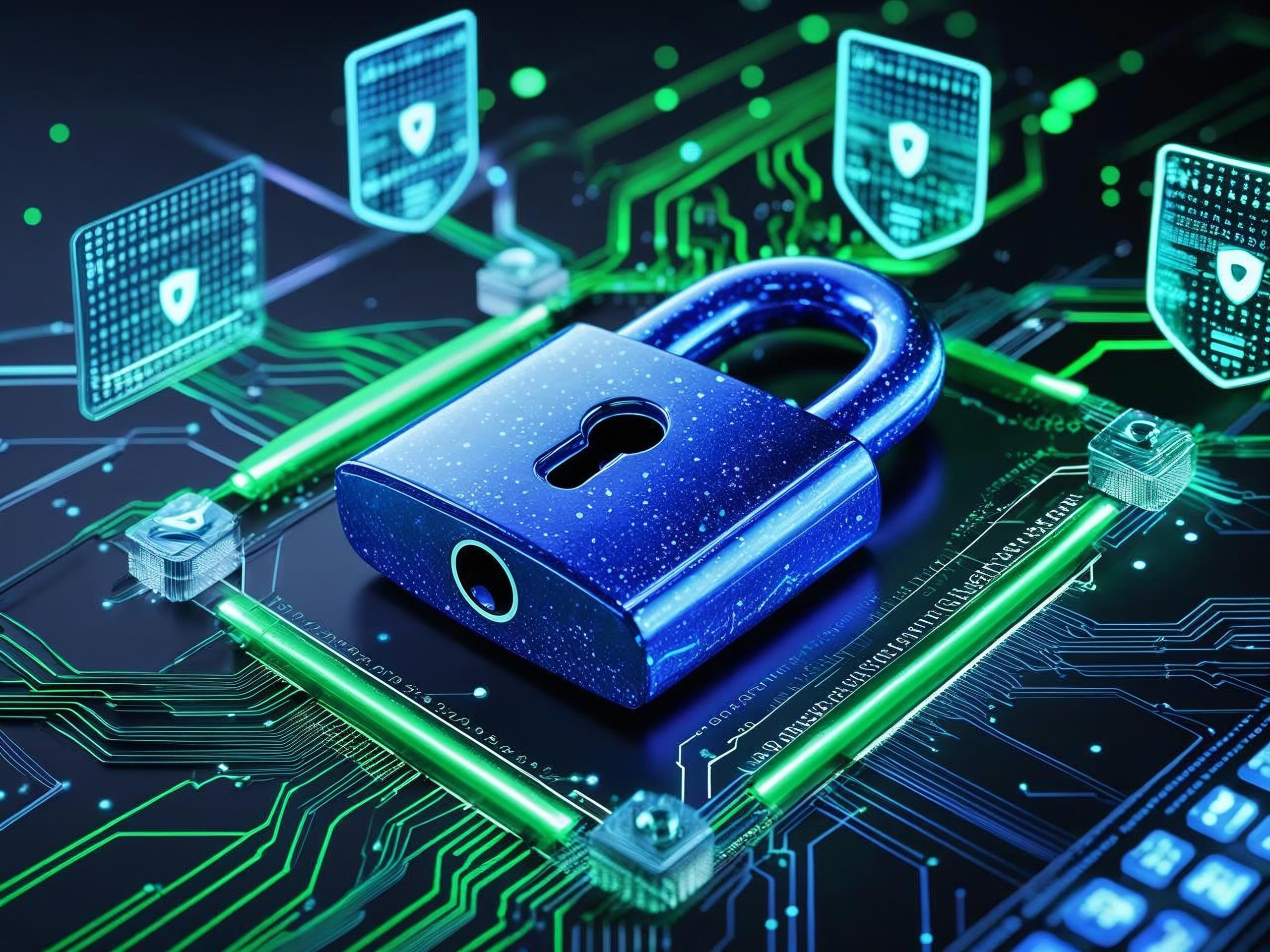Guardians of the Digital Realm: Deconstructing Modern Network Security
In an age where data flows more freely than water and digital infrastructure underpins global commerce, the concept of a secure perimeter has become a fluid, ever-shifting battlefront. Network security is no longer a static checkpoint; it's a dynamic and intelligent discipline, the silent guardian of our most critical assets. This is the art and science of protecting the architectural integrity of networks and the sanctity of the data traversing them.
The Unyielding Principles: The CIA Triad
At the heart of every robust security strategy lie three foundational pillars. The compromise of any one can unravel the entire defensive structure.
-
Confidentiality: This is the principle of digital secrecy. It ensures that data is accessible only to authorized personnel. The primary tool for this is encryption, a cryptographic process that transforms readable data into unintelligible ciphertext. Think of it as an unbreakable digital lock where only the intended recipient holds the key (k) to decipher the message (C=Ek(P)).
-
Integrity: This guarantees that data remains authentic and unaltered, whether it's stored on a server or moving across the globe. Cryptographic hashes, like SHA-256, act as a unique digital fingerprint (H(M)) for data. If even a single bit is changed, the resulting hash will be completely different, instantly signaling a breach of integrity.
-
Availability: This ensures that systems, services, and data are accessible and operational for authorized users when they need them. It’s the bulwark against disruptions, from hardware failures to sophisticated Distributed Denial-of-Service (DDoS) attacks designed to cripple a network by overwhelming it with traffic.
The Modern Threat Landscape: An Evolving Adversary
Today's threats are not the simple viruses of the past. They are sophisticated, targeted, and relentless.
-
Advanced Persistent Threats (APTs): These are not smash-and-grab attacks. APTs are stealthy, long-term campaigns, often state-sponsored, designed for sustained espionage and data exfiltration.
-
Zero-Day Exploits: This is the attacker's ultimate weapon—a strike against a vulnerability that is unknown to developers and for which no defense exists.
-
Social Engineering: This vector bypasses technology entirely by exploiting the most vulnerable element: human trust. Phishing and spear-phishing attacks are prime examples, manipulating individuals into willingly compromising security.
-
Polymorphic Malware: This is malicious code that constantly changes its own structure and signature to evade detection by traditional security software, making it a moving target that's difficult to pin down.
The Arsenal: A Multi-Layered Defense
A single wall is easily breached. True security relies on a "defense-in-depth" strategy, where multiple layers of technology work in concert.
-
Next-Generation Firewalls (NGFWs): The modern gatekeepers. Unlike their predecessors that only inspected ports and protocols, NGFWs perform deep-packet inspection at the application level, integrating intrusion prevention systems and threat intelligence.
-
Intrusion Detection and Prevention Systems (IDS/IPS): The network's sentinels. An IDS monitors traffic for suspicious patterns and alerts administrators, while an IPS takes active measures to block the threat in real-time.
-
Security Information and Event Management (SIEM): The central command center. SIEM platforms aggregate and analyze log data from across the entire network, using advanced analytics and machine learning to detect anomalies and correlate seemingly unrelated events into a single, actionable incident.
-
Zero Trust Architecture (ZTA): A paradigm shift in security philosophy. The old model of a trusted internal network and an untrusted external one is obsolete. Zero Trust operates on the maxim, "never trust, always verify." It enforces strict identity verification for every user and device, regardless of location, before granting access to any resource.
Network security is not a product you can buy, but a process you must cultivate. It's a continuous cycle of assessment, adaptation, and vigilance. As threat vectors grow in complexity, our defensive strategies must evolve, blending advanced technology with human expertise to preserve the integrity and resilience of our interconnected world.
